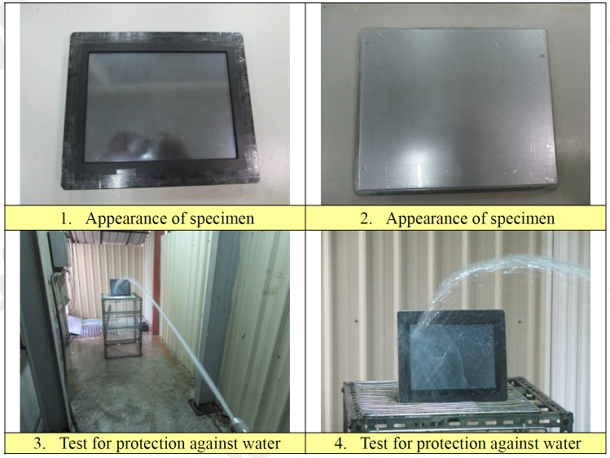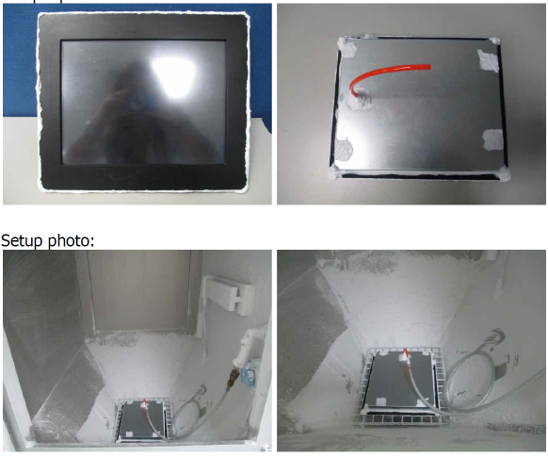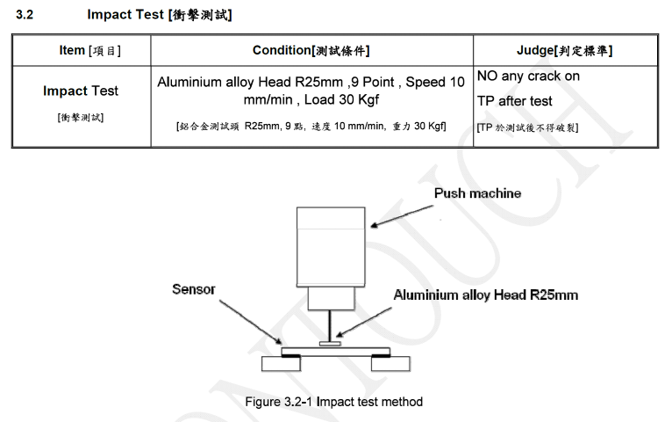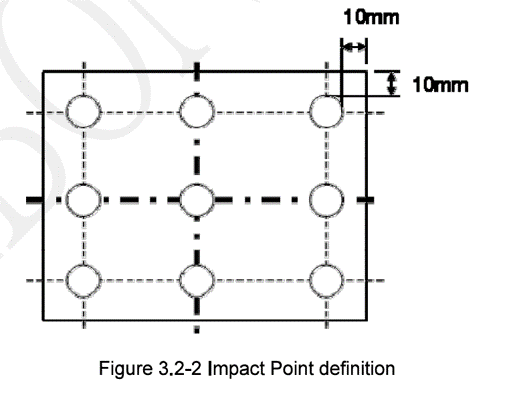
WHAT IS AN INDUSTRIAL COMPUTER? WHAT IS NOT?
WHAT IS AN INDUSTRIAL COMPUTER? WHAT IS NOT?
What is 'Industrial Computer'? What tests should he undergo?
What is an Industrial PC?
The technical characteristics and operating logic of an IPC (Industrial Computer) and the standard computer are often the same. Microprocessor and RAM type, storage media, interface ports, color depth for panel PCs with screen, screen resolution, image ratio, etc. are constructed and selected in exactly the same way as our personal computers that we use in our homes. However, issues such as the inability to create an environment as clean and dust-free as our homes in factories, the fact that we do not have to operate a computer 24 hours a day in our homes, or the fact that machines that create a heavy magnetic effect in the environment while attracting amps in our homes do not work, have created the 'industrial' label in computer design and created an industrial market that is now completely separate.
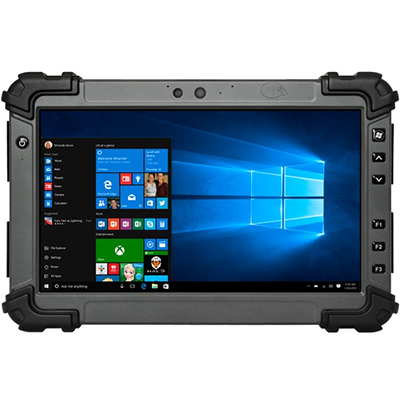
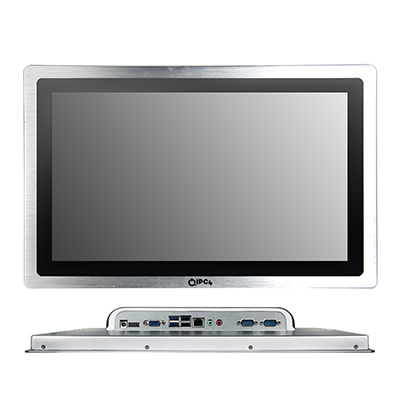
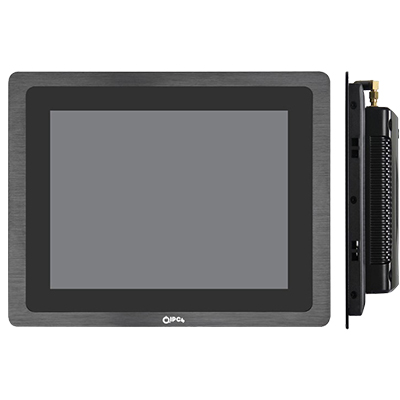
In what environments is an industrial PC used?
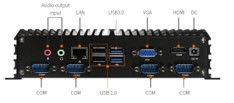
Technological products are classified according to the target user type and are designed to adequately see the needs of the user. Since the cost/price balance is referred to as a fine line that must be danced expertly in order to hold on to market conditions; While the products that appear indoors in our homes, markets or shopping malls are the product of a different market, the products to be used in industrial fields, factories, etc. address a completely different market. Standard PCs are developed to operate efficiently in our homes and other dust-free, moisture-free and high magnetic pulse environments, while Industrial PCs can be in difficult conditions and where a standard PC cannot operate long-term and/or effectively; industrial facilities, outdoor environments, environments where IP protection is required, high ambient temperature change, dust, moisture-containing environments and high current-attracting equipment (electric motor, welding machine, etc.) are designed for use.
How are industrial PCs different from standard PCs?
Industrial PCs, which are not much different from standard PCs in terms of the function of components, make the real difference; is resistant to external factors such as temperature, water, humidity, dust, pressure, EMC. If we think about it in more detail, we can start with the fact that it should have a FANLESS cooling system. This system prevents processor heat by successfully exporting the heat from the processor without using the fan thanks to the part called the 'cooling block', which is serrated and the surface area is expanded. Fan cooling will collect dust from dusty industrial environments into the chassis, which will cause the processor to overheat after a certain period of time and perhaps result in the loss of thousands of dollars of data and/or production. However, it should be noted that the fact that a PC is 'fanless' is not enough for it to be 'industrial'. Because the fact that it is fanless indicates that it is a standard PC that does not only absorb dust (not dust in it!). In addition to the need to be fanless, industrial PCs must provide properties that prove that they are protected against moisture, temperature, EMC and a lot of external factors that we cannot count, and pass tests that prove to provide these characteristics. Which brings us to our next title.
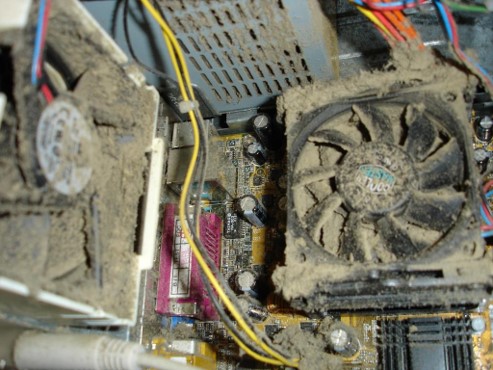
What tests should industrial PCs undergo?
Random Vibration Test
In this test, products are vibrated with 1G intensity for 1 hour each from the X, Y and Z axes. Vibration in factory environments is simulated and the ability of the product to operate smoothly in future vibrating environments is tested.
Shock Pulse Test
In this test type, a high-intensity pulse is applied instantly. When running from the X, Y and Z axes, 20G is applied for 11ms with a 40G intensity when not working, and test reports are given according to the results. Success status is associated with positive results of both tests.
Environmental Strength Test (Temperature and Humidity)
Temperature and Humidity Test is one of the tests where many products are forced. In this test, the devices are subjected to temperatures between -5°C and +55°C and humidity of 0-100% for 81 hoursin a box-like structure called theClimatic Chamber. In case of any difficulty working and/or water collection on the device screen, the test will be negative.
IP65 Dust and Liquid Strength Test
One of the most important requests of the industry is dust and liquid resistance. At these levels of security, called IP (International Protection)degrees, different tests are applied for each IP rating. (The first of the two digits next to the IP determines the degree of dust protection, while the last number determines fluid strength. For example, on IP65, 6 means dustproof, while the second figure, 5, means protected against low pressure water. The second figure in the figures after IP is 7, which means that it has been tested by submerging it in water up to a depth of one meter. The difference between IP65 and IP67 can be summarized as the degree of fluid passing.) We will focus on IP65, one of the most frequently used degrees. In the IP65 protection test, 100 kPA pressure water is squeezed from a distance of 3 meters for 3 minutes to check whether water enters the product. Then it's time for the dust test. Items to be tested for IP 6X enclosures are exposed to fine-grained powder in the dust chamber for 2-8 hours, and the exposure time is determined according to the test conditions for the specific product.
EMC (Electromagnetic Compability) Test
All electrical devices affect each other when they are close to each other. For example, if you want to use Examples include TVs, phones, radios, and interference between nearby washing machines or power lines. The purpose of electromagnetic compatibility (EMC) is to keep all these side effects under reasonable control.
The factory environment, as we know, is quite different from the home, office environment. Electrically powered devices (high-power motors, welding machines, etc.) that will never be used in a home-office environment are natural components of these environments and create a high magnetic field around them as soon as they are operated. Especially in the moments of high current, which we call takeoff moments, they create a pulse around them, during which they create irregular electron transitions on an unprotected electronic component or card. Voltage induction at a point where there should be no electron flow or low current can short-circuit devices and cause irreversible results (such as burning the feed board).
To prevent such situations,'Faraday Cage' is used in Industrial PCs. The Faraday cage is a enclosure that protects the internal volume, covered with electrical conductive metal or networked with conductors, from the electric fields outside. -Called the Faraday cage because it was the invention of the British Physicist Michael Faraday in 1836 - this protection can be carried out with any cage covered and grounded in the form of a net with conductive wires. Net eye frequency and grounding quality increase protection. The electric field outside can't affect the inside. External electric fields can't affect the inside either. Buildings at risk of fire, strategic buildings that may be listened to from the outside, used in places where radios are communicated inside and need to be protected from external parasites, as well as smaller-sized cages, screened cables and electronic devices planned to be used in industrial environments. In this way, all magnetic effects other than the cage are among the external factors that do not concern the device.
In products described as fanless PCs and relatively cheaper than other stakeholders, Faraday is among the first technologies to be abandoned because it protects the cage from an invisible effect. In addition, the possibility of the person supplying such products to the customer in products that are disrupted consciously or unconsciously is observed in the market.
Touch Screen Durability Test
One of the finer points to consider in industrial environments is the screen durability on industrial PCs with screens. In our factories that are constantly on the move, scenarios such as falling screen and hitting the screen with an object are frequently encountered in transportation operations, and products with industrial adjectives should be resistant to these impacts. The difference in durability should be made between the glass used in normal screens and the glass used in industrial PCs without the difference in thickness. This is achieved by increasing the density (density) of the glass used. The first is a pressure test. In this test, 30 kgf printing is applied to certain points of the screen with a press with a diameter of 25mm. There should be no cracking of the screen as a result of this printing. Products that pass this test are taken to the second endurance test. In this endurance test, a metal ball weighing 130 g with a diameter of 32 mm is dropped from a distance of 40 cm to certain points of the screen and the screen is looked at for cracking. Products that have successfully passed this test are boxed and ready for their final tests after they are boxed.
Fall – Damage Test
Having completed all these tests and industrially proven products are like passengers who have to travel long distances until they reach the user, and like us, planes need to be ready for these journeys that will not take place in comfortable seats. No matter how hard the cargo teams try to get their job right, they need to be prepared for the possibility of this fall, thinking that there may be mistakes at some point. In this test, the packaged products are reduced from 92cm and monitored by the authorities for damage. With this impact simulation applied separately in 45G form from corners and edges, the reliability of the packages is proven and our successful product is ready to set out to reach its customer...




